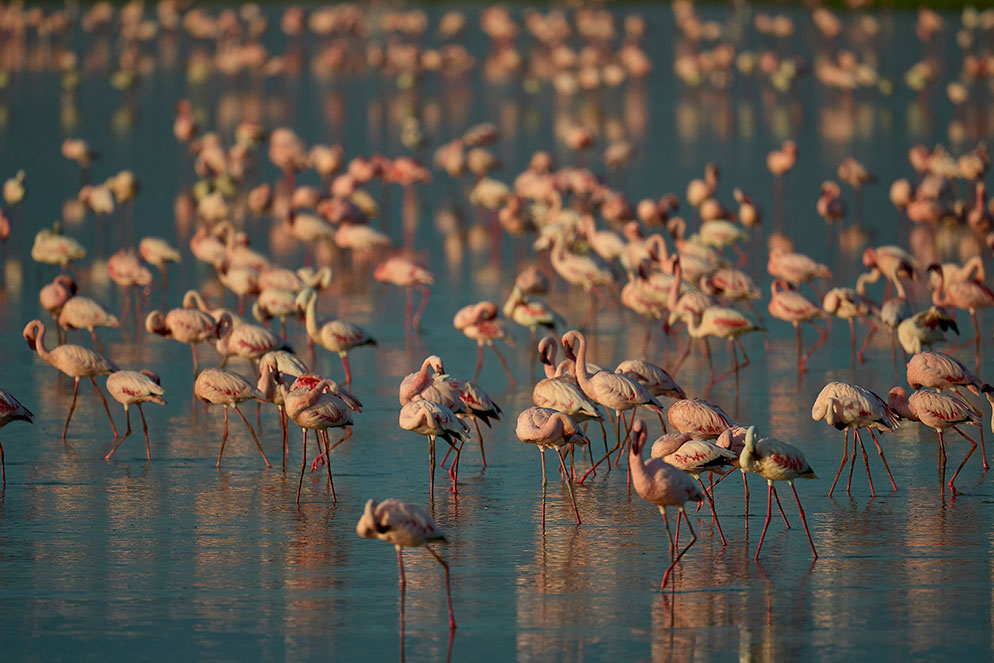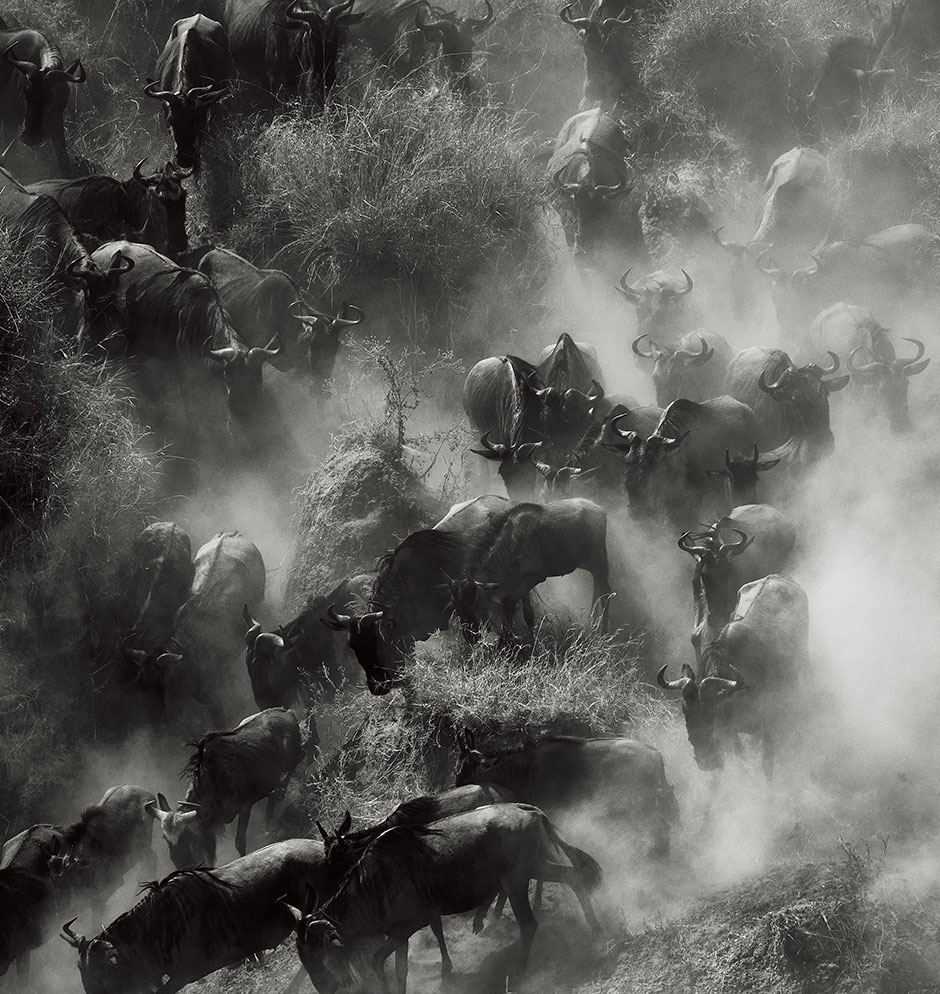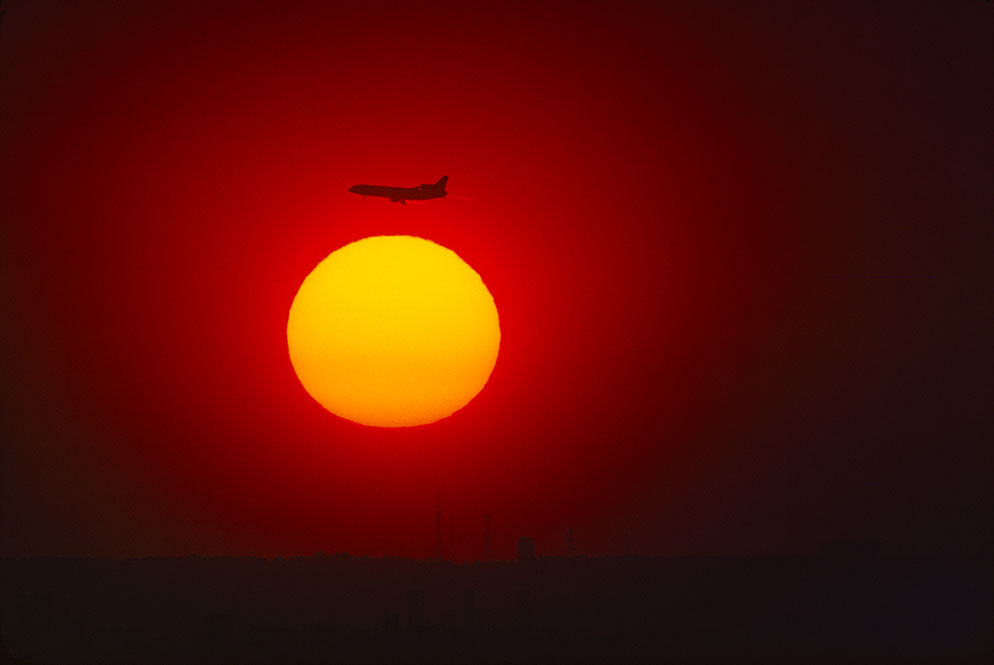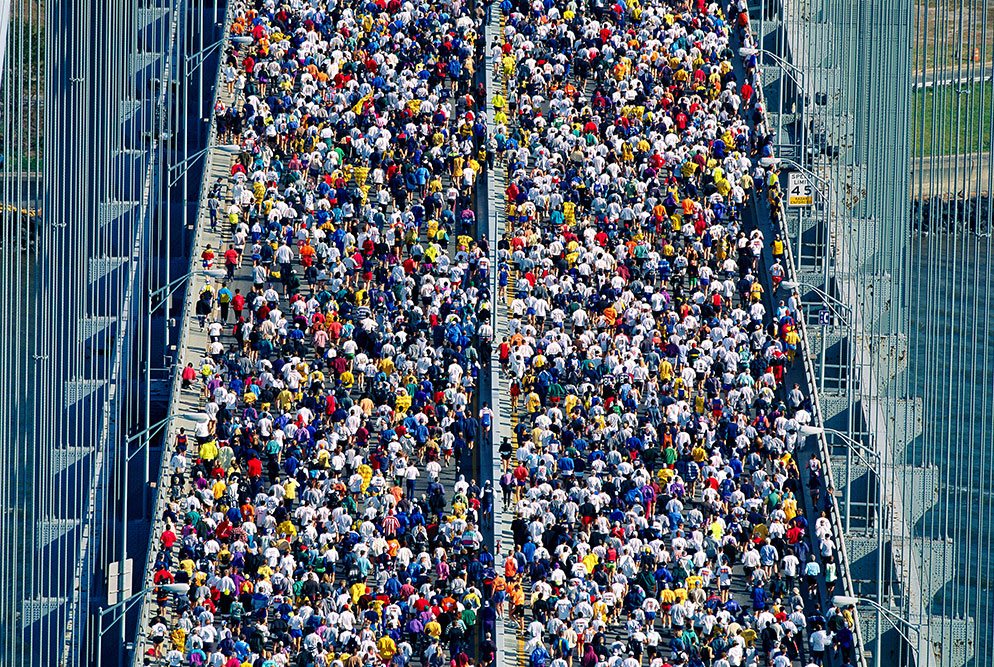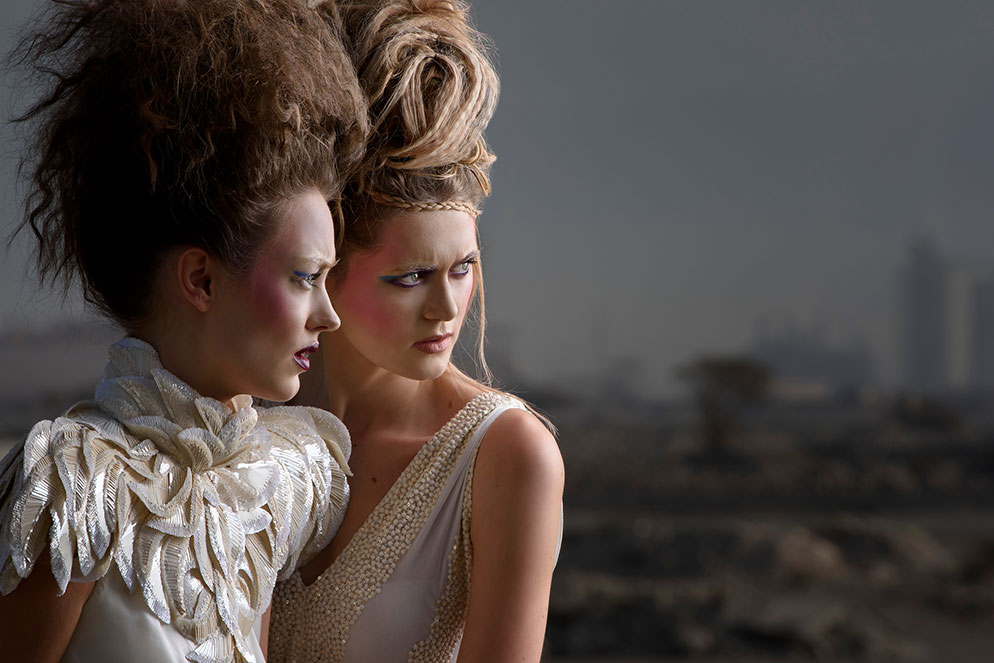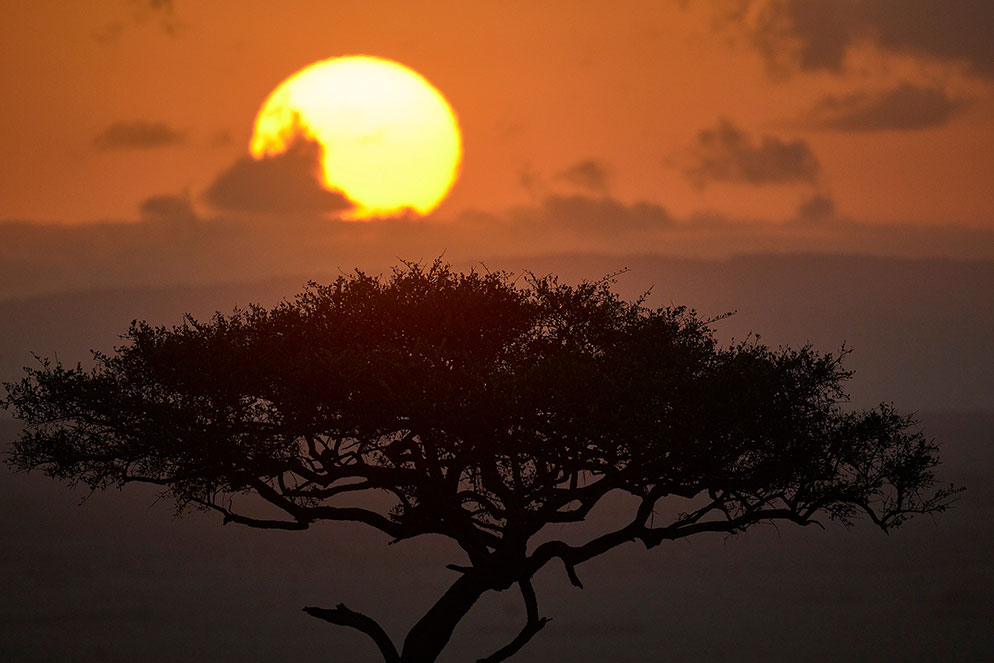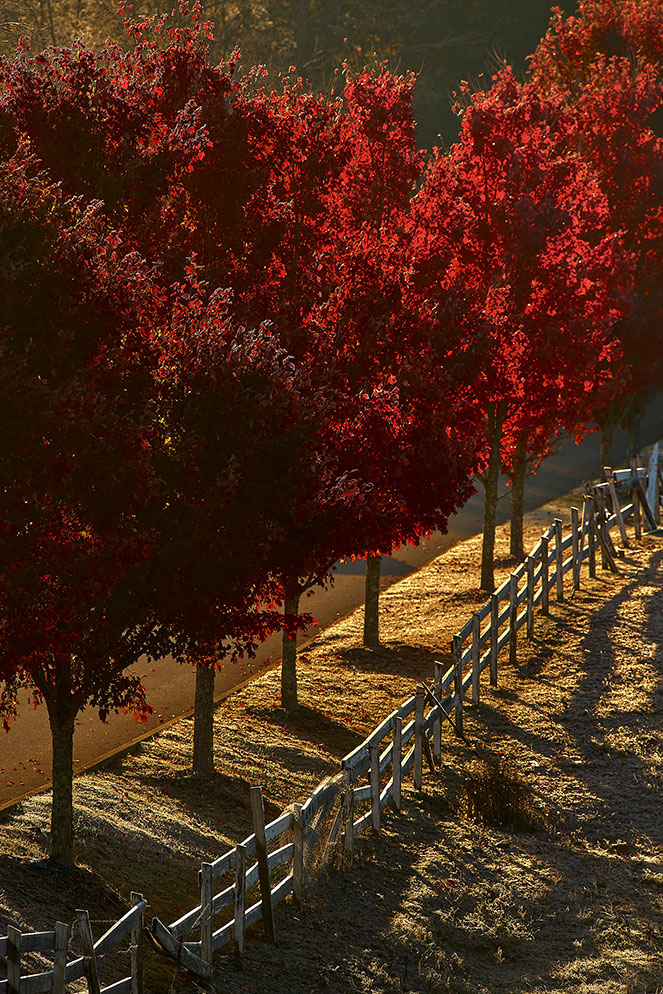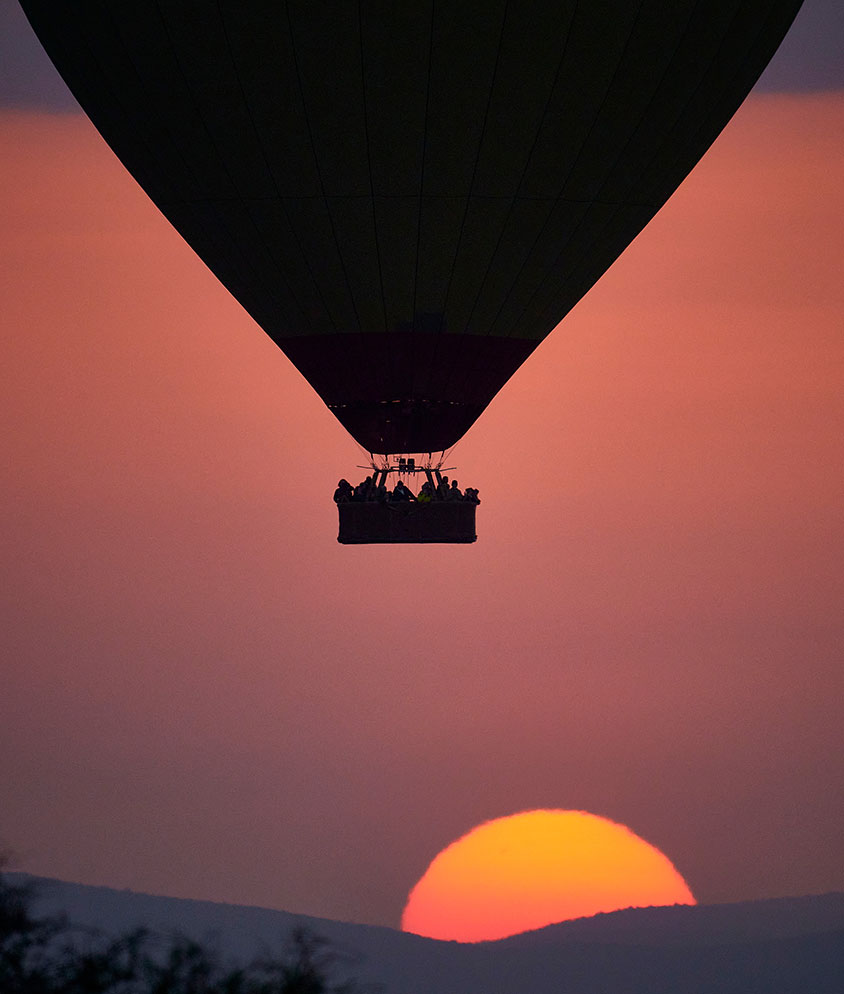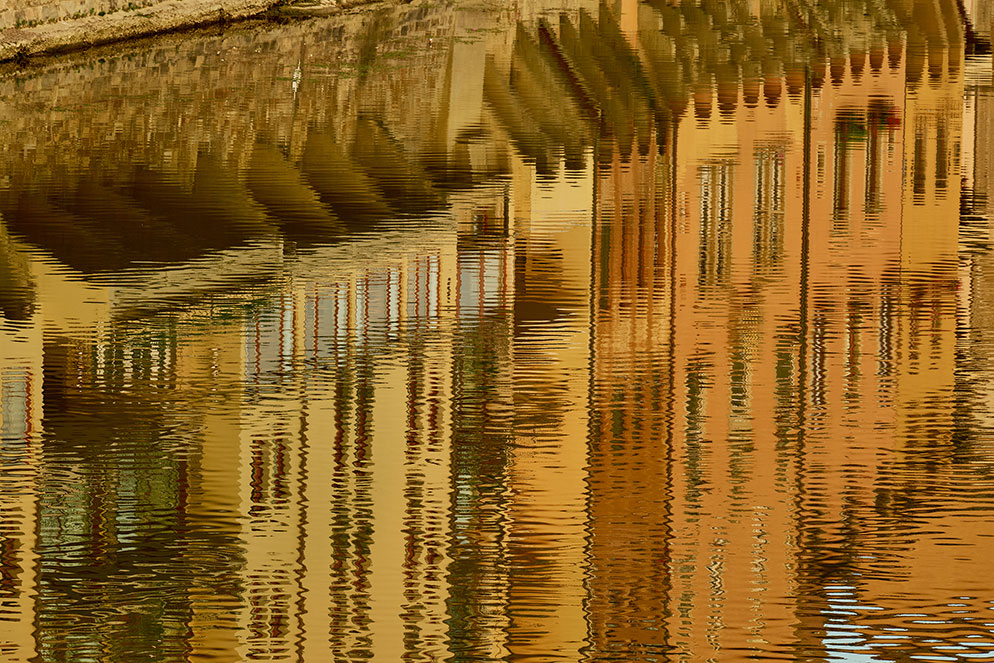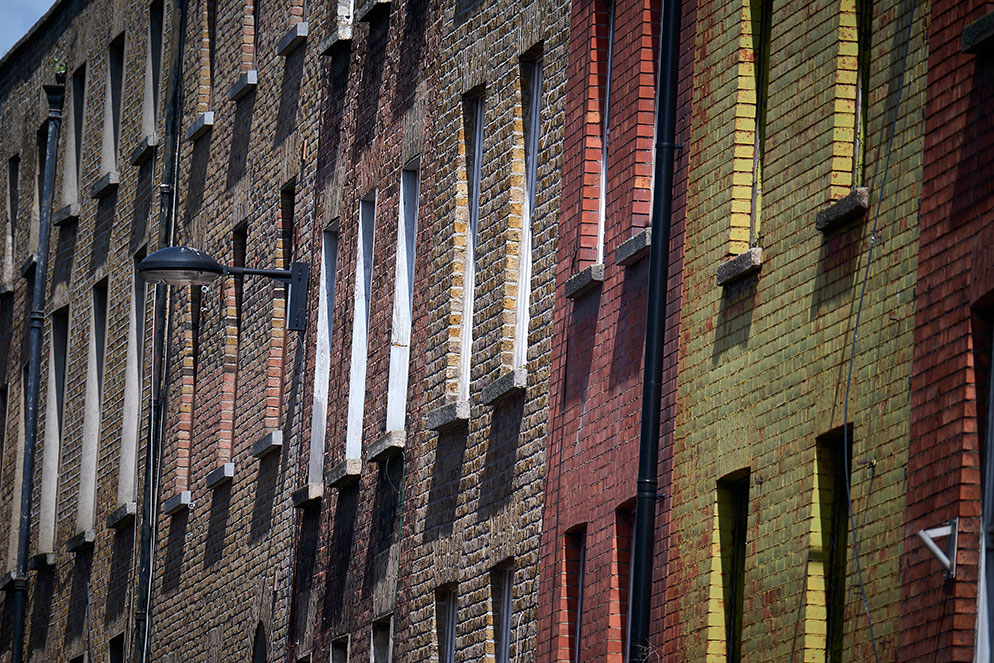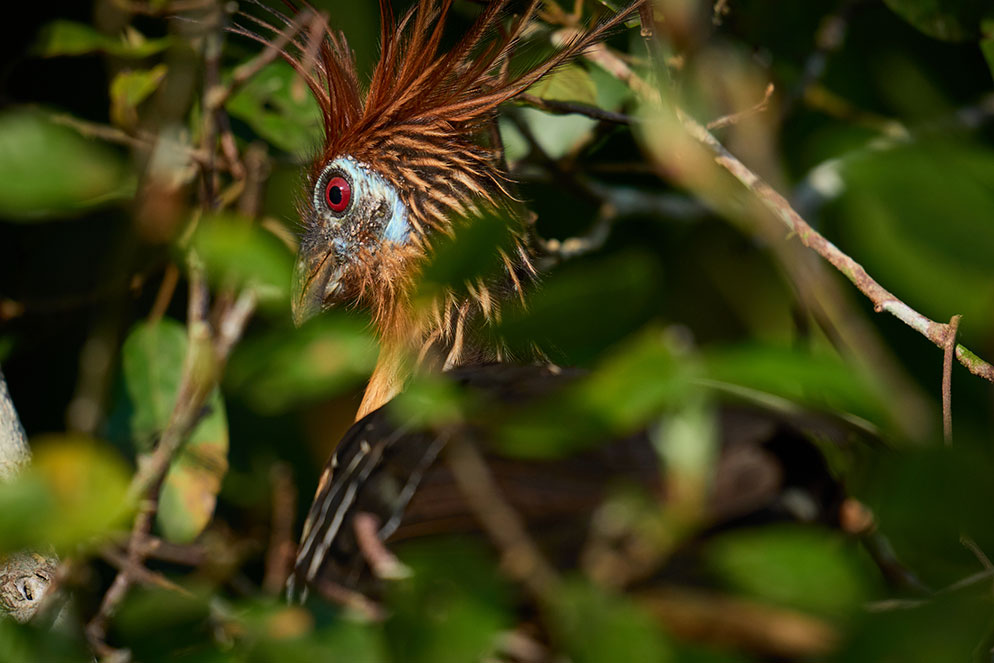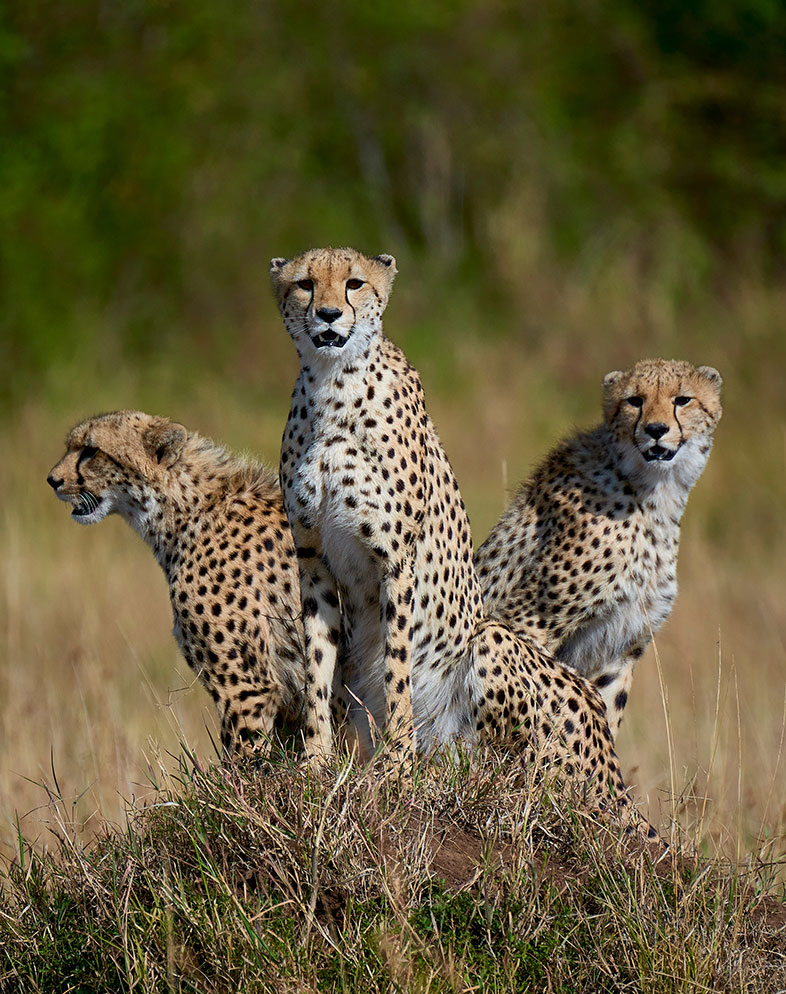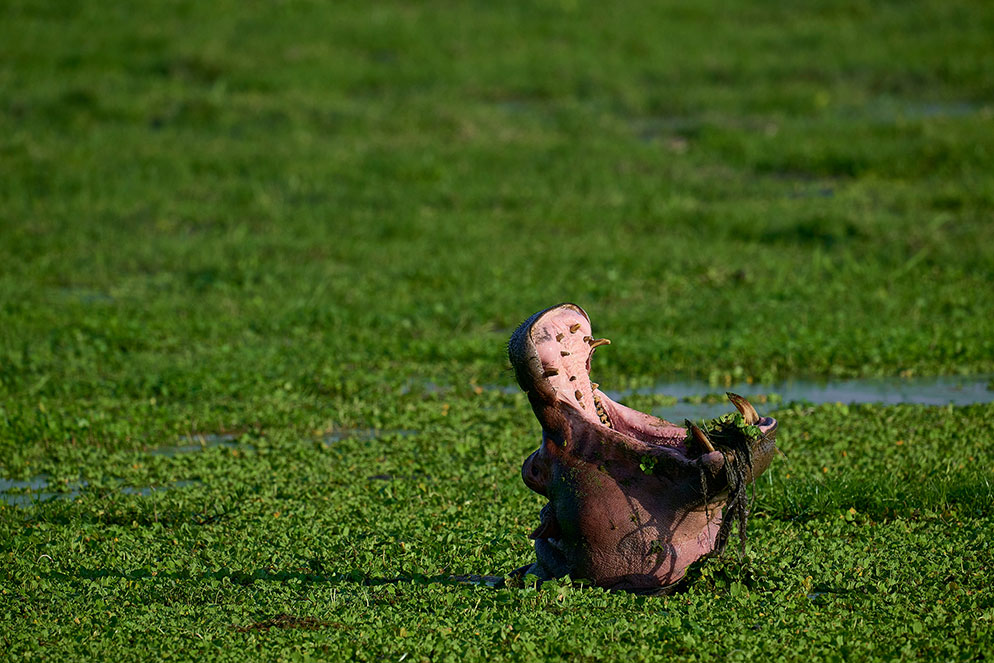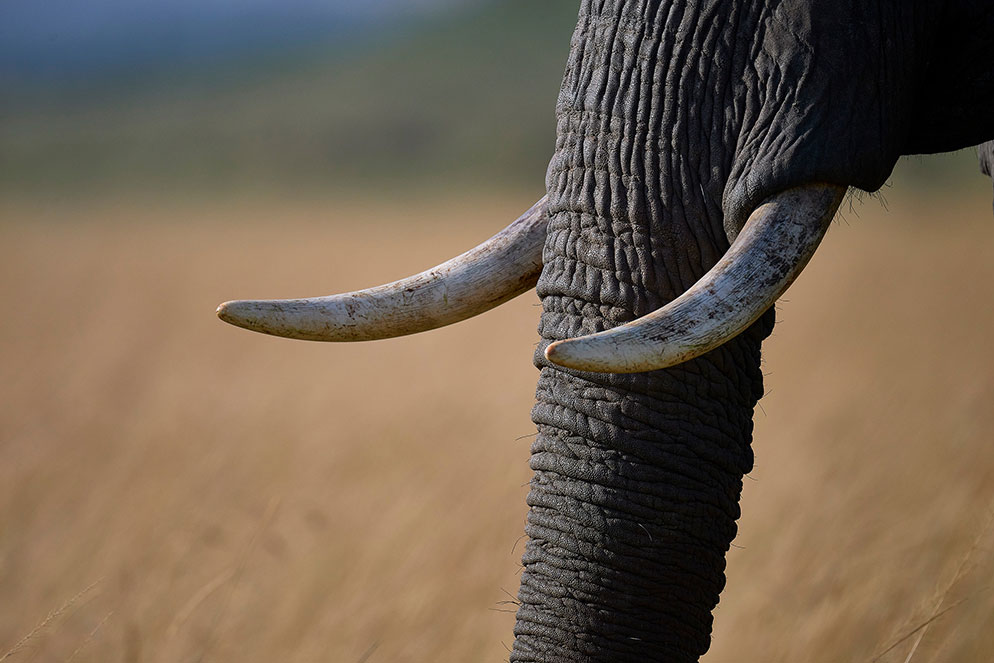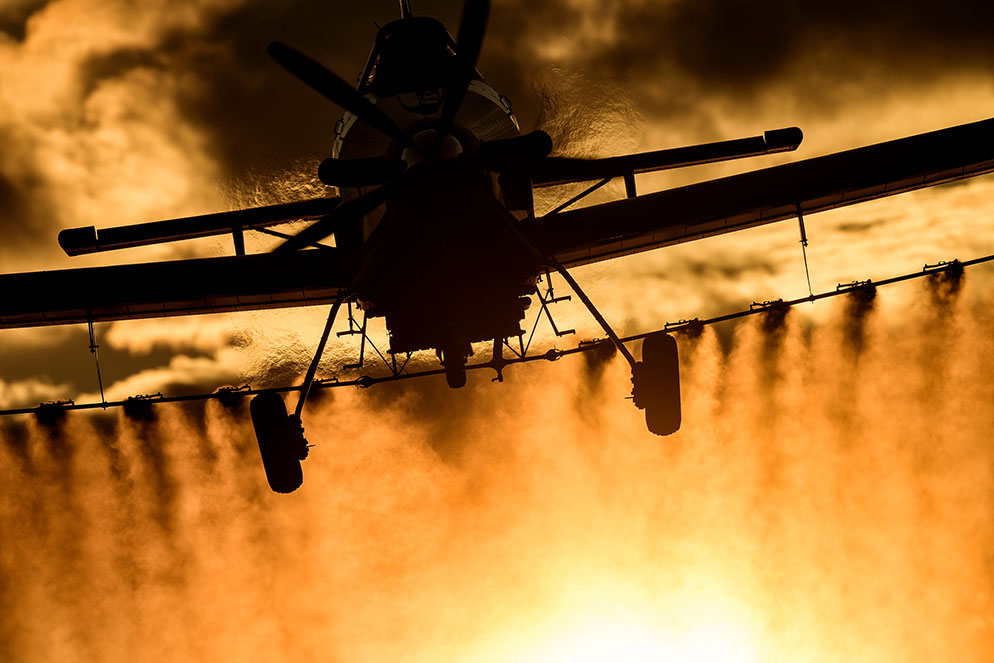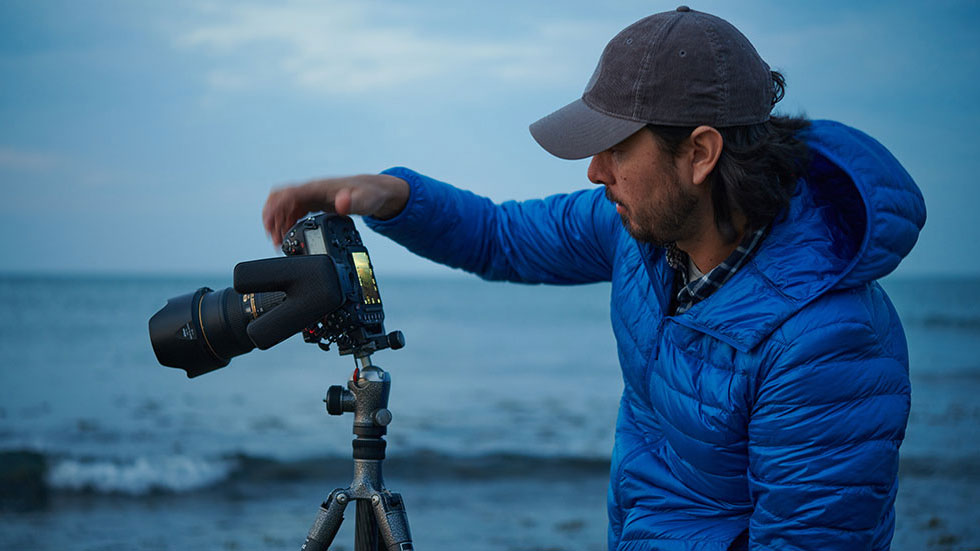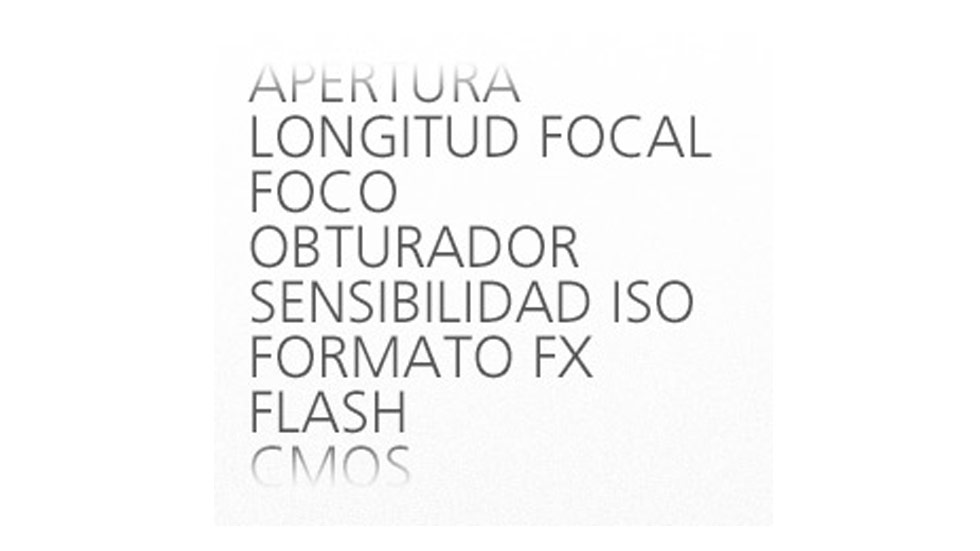NIKKOR Optics: A History of Long Glass with Joe McNally
The magic of long glass. It takes your eye and transports it, from the sidelines to the middle of the sweaty, pounding action. From the door of a helicopter into the midst of a dense gaggle of thousands of runners. From the far ridge at dawn into the river valley where herds of magnificent animals drink and graze. It’s the fastest, most efficient plane ticket your eyeball can buy.
How far we have come in terms of long glass. The airplane silhouette shown here (below) was shot many years ago, with a Nikkor 1200 lens, a revered relic at this point. Massive, heavy, absolutely requiring a tripod. (And almost a whole crew to carry it!) This shot is Kodachrome, manual focus, picking out an airplane in the Newark New Jersey airport approach and depart routes. Thing is, my tripod and I are standing on the Brooklyn Promenade, all the way across the NY harbor. The notion of the tremendous reach of big lenses left an impression on my photographic thinking.
Originally photographed on Kodachrome 35mm film with the Nikon F2 and AI Nikkor 1200mm f/11S IF-ED super telephoto lens.
That 1200mm is now basically a museum piece, thankfully. It was amazing, but difficult to use. Over the years, the entire Nikkor lens system has adapted and improved in utterly fantastical ways, but perhaps nowhere more noticeably than in the realm of telephotos. The long lenses we have in our hands now are fast, sharp and light, opening new possibilities for the photographer who needs to remain equivalently fast and light on their feet, and not be burdened with a ton of glass over their shoulder, and the need to carry a tripod. Hand-holdability is the currency of the new generation of Nikon telephotos. New materials, better construction, coated elements—these new optics are allowing photographers greater reach and better photos. Telephoto lenses no longer mean a compromise in image quality.
Marathon runners crossing the bridge, taken with an F5 and AF-S NIKKOR 600mm F4G ED VR lens.
There’s a discipline required to deftly maneuver with long glass. Big telephotos necessarily produce a narrow field of view, a slice of what is out there in the world. You must think surgically, look for graphics, and elements that can be magnified to excellent advantage while you drop the rest of the scene into contextual lack of depth of field. Or you create the drama known as compression. The long lens used for the marathoners creates the illusion that the runners shown here are, ant-like, right on top of each other as they start their 26.2-mile journey through the five boroughs of NYC. There are a lot of runners to be sure, and they are close to each other, but they are not nipping at each other’s heels the way this scene might indicate.
This was shot with a 600mm f/4, from a helicopter handheld (above). At the time, this lens was the absolute holy grail of long glass. Fast at f/4, and super sharp. It has only gotten more evolved and improved since then. It’s always been astonishing at helping to create drama in a scene, in this case, as mentioned, compression. The reason the runners look so close to each other is due to the reach and power of the lens, stacking things up, as is often said in photo slang.
Fashion shoot in the deserts outside Dubai. D810 and AF-S NIKKOR 200-400mm f/4G ED VR II lens.
Sharpness! The new generations of telephotos are super sharp. One of my favorite long lenses was the 200-400mm f/4. Unbelievably tack, with great contrast. Which was important on this desert fashion shoot (above), as I had to fight the dust all day. With these two models (above), on the edges of the sand dunes outside of Dubai, I cranked the f-stop down tight at f/22, so both women’s eyes are within critical DOF.
Repetitive graphics! Use of telephotos at various lengths is powerful for patterns, columns, and the architectural details one might observe during an urban excursion. And you can accent or emphasize the gorgeous patterns of nature during a country wander.
Surgery in the air! For helicopter work, being adaptable and dexterous with big telephotos is a necessity. You must brace yourself, relax your breathing (even though you are sitting, most likely, halfway outside the heli) and literally drape your body on the camera/lens combo to dampen the vibration of the chopper, especially when you are taking slices of a scene.
Unique Amazonian bird, known as the Stinky turkey, in the jungle. Z 9, NIKKOR Z 180-600mm f/5.6-6.3 VR lens.
And now, drum roll! New telephotos abound. The NIKKOR Z 180-600mm f/5.6-6.3 VR is a dream to shoot. This shot of an Amazonian denizen of the jungle, popularly called a Stinky Turkey, (above) is at f/6.3. Shot from a canoe, it is dead bang sharp and demonstrates the excellent minimum focusing distance of this optic. This range of millimeters, focusing abilities, and lightness of construction all combine to give the photographer tremendous versatility, an absolute necessity when shooting from a floating platform which is neither stable nor particularly maneuverable.
The NIKKOR Z 28-400mm f/4-8 VR is another example of the melding of excellent telephoto tech, price point, and literally, handiness for the roving street photographer, the photog with a star player on the school soccer team, or the aspiring wildlife/bird photog. Its lightness assures ease of carrying, and the 400mm reach isolates the action, and defines the graphics of a scene with clarity and definition.
And then, there’s the NIKKOR Z 800mm f/6.3 VR S lens. Never have thought this much reach would be this light. It’s crazy, and wonderful. Tack sharp, you can bring this lens to your eye without feeling like you are working out at the gym. For something like a long-awaited safari trip, shooting from a jeep with the lens resting on a sandbag, it is by far the “easiest” long glass I have ever used. 5.25 pounds, with 5.5 stops of VR image stabilization, it is completely designed to free the photographer up, to work close to the action and follow it with accuracy.
And its AF response is ultra-responsive. Much needed, especially if your subject is a screaming biplane barreling right at you (below).
Fear long glass no longer! The new advances have made telephotos, even super telephotos, a dream to use, affordable, and a powerful addition to any photog’s kit.

